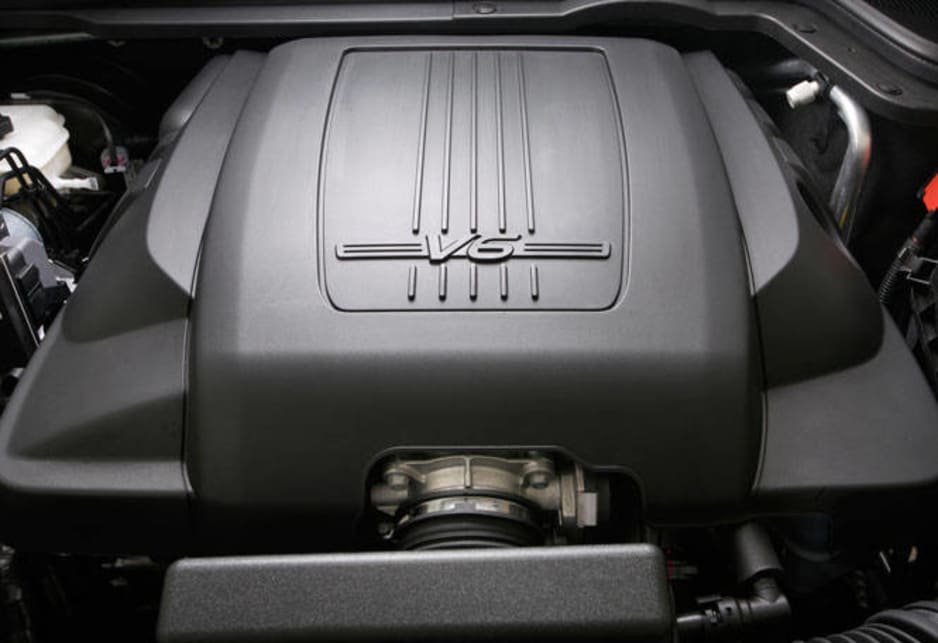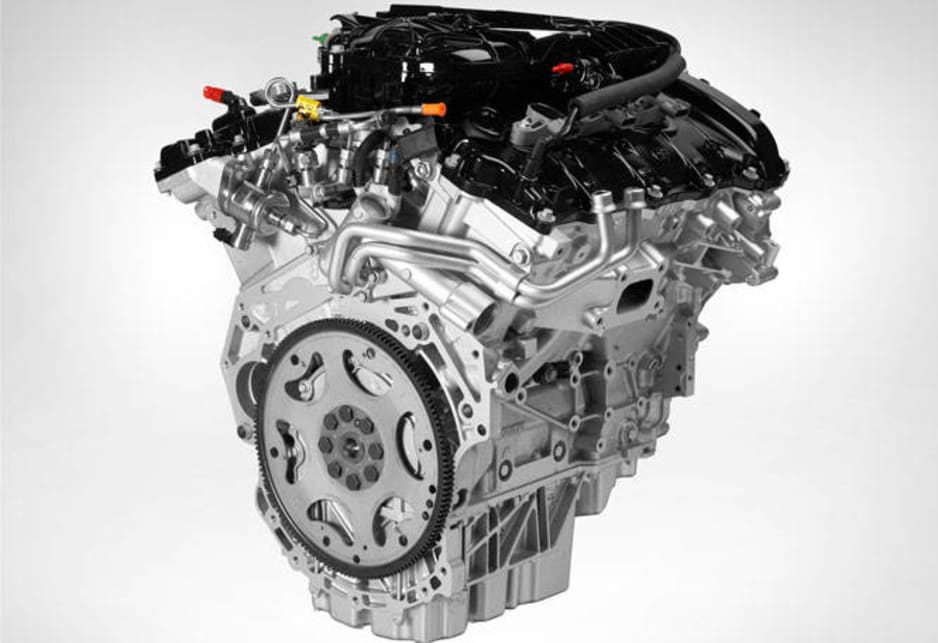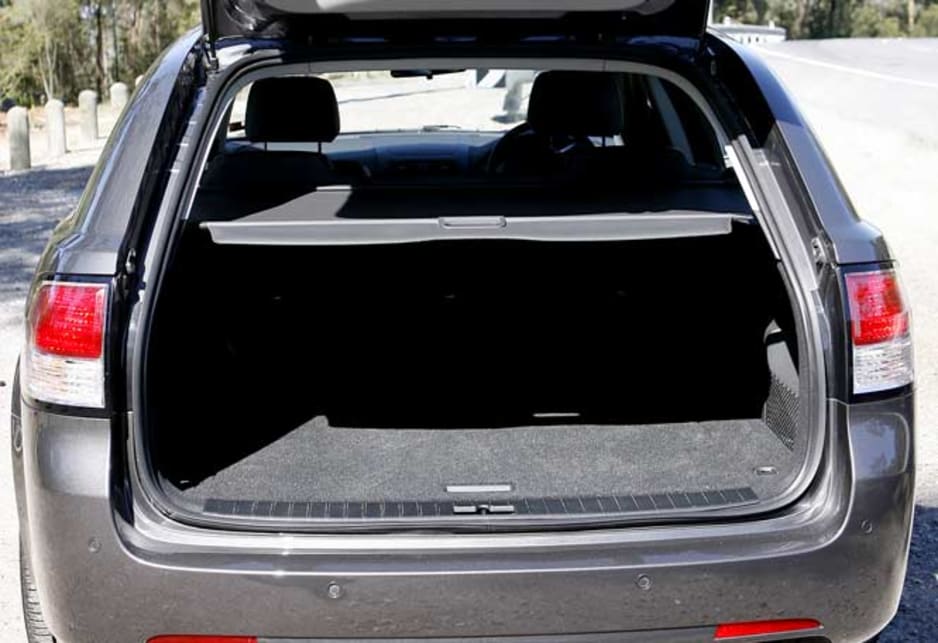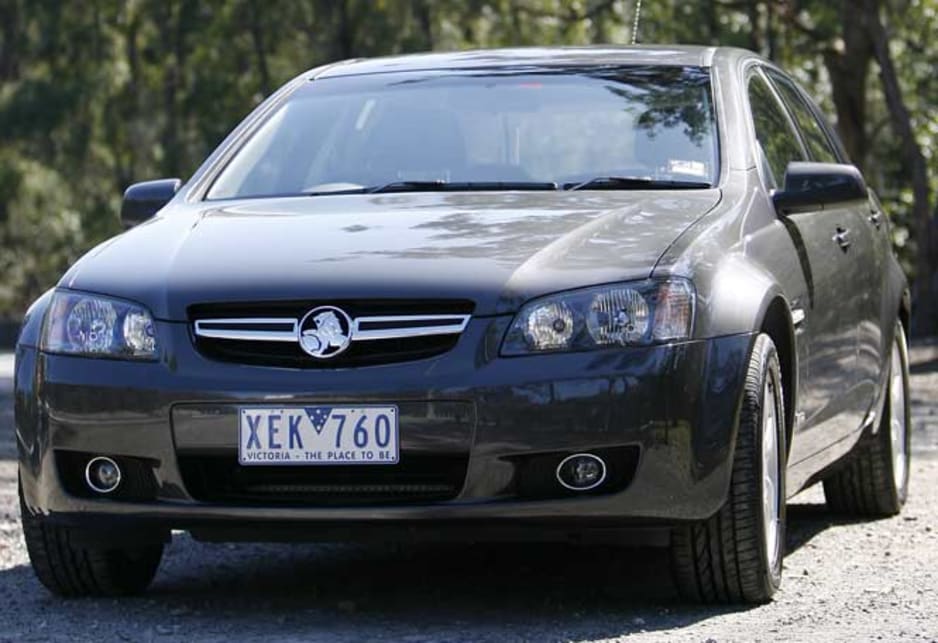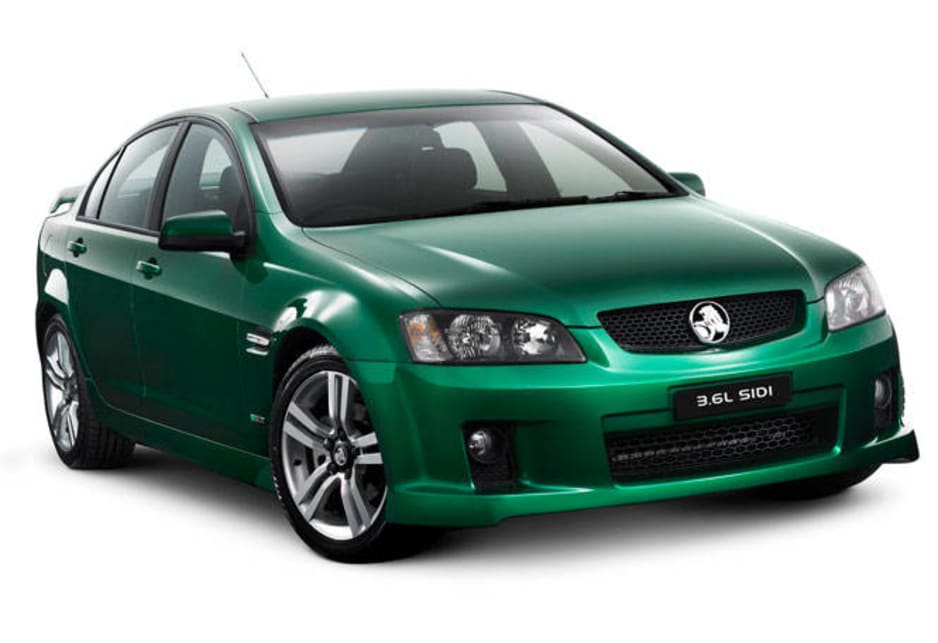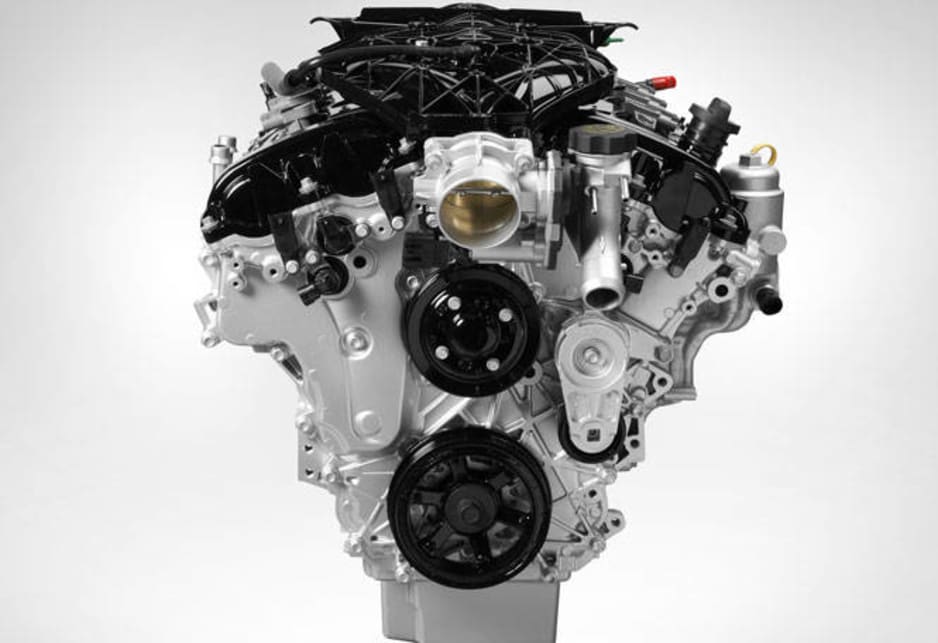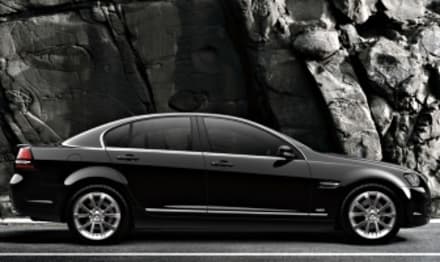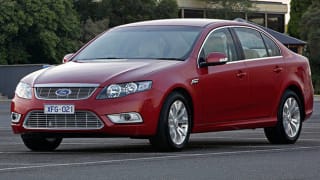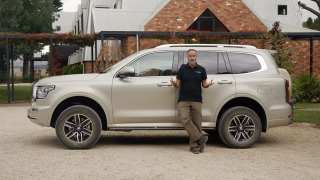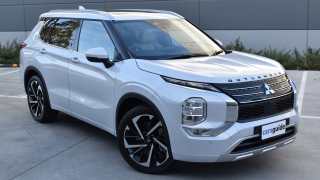Fuel economy has more to do with your mind, the size of your right foot and the type and colour of car you are driving. Yes, you can do all the maths and physics and work out on paper how an engine, transmission, aerodynamics, weight and other factors can affect economy, but these are theoretical. They make a statement on paper, but they don't make much of a statement in the real world.
Drivetrains
I recently drove three Holden V6 vehicles with the new 3.0 and 3.6-litre spark ignition direct injection (SIDI) engines. The Omega and Berlina of all body styles get the 3.0L engine and the rest of the range has the 3.6L.
Holden quotes fuel consumption figures for the Omega 3-litre at 9.3 litres per 100km, down from 10.7L/100km in the superseded model, while the SV6 Ute has the biggest improvement for the 3.6-litre, down 13 per cent to 10L/100km.
I drove a grey Berlina Sportwagon (3.0L) which returned 10.5L/100km, an even greyer Calais sedan (3.6L) which yielded 10.7L/100km and a bright-coloured Ute (3.6L) which failed all economy tests with a poor 12.3L/100km.
I can't claim to have driven to the standard conditions as laid out for official ADR fuel consumption figures and I can't even claim to have driven the same distance or type of road conditions for each. Yet these figures still reveal a lot about the cars' performance and economy.
SIDI Sportswagon
The first thing of note is how good the economy figures are for the Sportwagon which is heaviest with its big cargo area which I utilised with a loaded-up trip to the dump. It's not the 9.3L/100km quoted by Holden but it's quite respectable and included the commuter crawl to work for five days, weekend shopping and errands, and very little highway driving. It's also nowhere near the 6.48L/100km it achieved in the recent Global Green Challenge from Adelaide to Darwin.
SIDI Calais
The Calais is also worthy of note. It performed much the same ‘real-world’ duties — albeit no trip to the dump — and returned almost the same economy figures as the Sportwagon.
Both cars appeal to my family nature with their roomy cabin and functional design. Consequently I drove like a family man who needs to get home to his family in the 'burbs every night.
SIDI Ute
Then along came the ute. It was fitted with a tow bar and there was our old beer fridge that blew up and needed carting to the dump, so it was in for some punishment. Plus there was circle work to be done ...
Well, not exactly, but with the lighter weight and the bigger engine, it seemed to sprint off the line a little more willingly and dance around in an entertaining fashion in the corners. All this, plus the vibrant metallic orange colour ($500 extra), got me all excited all the way down my trousers to my big right foot.
The result was fuel figures that seem to call Holden a liar. So unless you are competing in the Global Green Challenge, fuel economy is largely going to rely on your attitude. It also helps to have a sedately coloured family sedan or wagon.
If economy is not your soul goal, but simply a happy side benefit, then you may be pleased to note that these new engines are also more powerful. Holden claims the power output from the 3.6 is up 15kW to 210kW. And even though the new 3-litre is the smallest Commodore engine in more than 20 years, it still develops a healthy 190kW.
Driving
The engines sound quieter and more refined. That is until you stamp on the loud pedal and then they wick up the volume quite pleasingly. Cabin noise may also be decreased by Holden's use of new low-rolling-resistance Bridgestone tyres and the 50rpm reduced idle speed on the 3.6. It all helps economy and comfort levels.
It should also be good news that they now all come with a six-speed automatic transmission rather than some of them being hitched to the old four-speed sludge box.
But it isn't. I can't believe I am saying this, but I don't like the six-speed transmission. It feels like it has an overactive thyroid gland, too willingly dropping down one or even two gears at the hint of extra throttle.
That may be great for performance, but not necessarily for economy or driver fatigue. I found it quite annoying how much the transmission jumped around, even though it is quite smooth in its changes.
There is simply no need for such volatile gear changing. After all, the small engine has 290Nm of torque pulling power and the bigger engine has 350Nm, up 30Nm from the previous engine. Surely this torque can be used to draw the car up a hill or cope with a little extra throttle without shifting gears.



